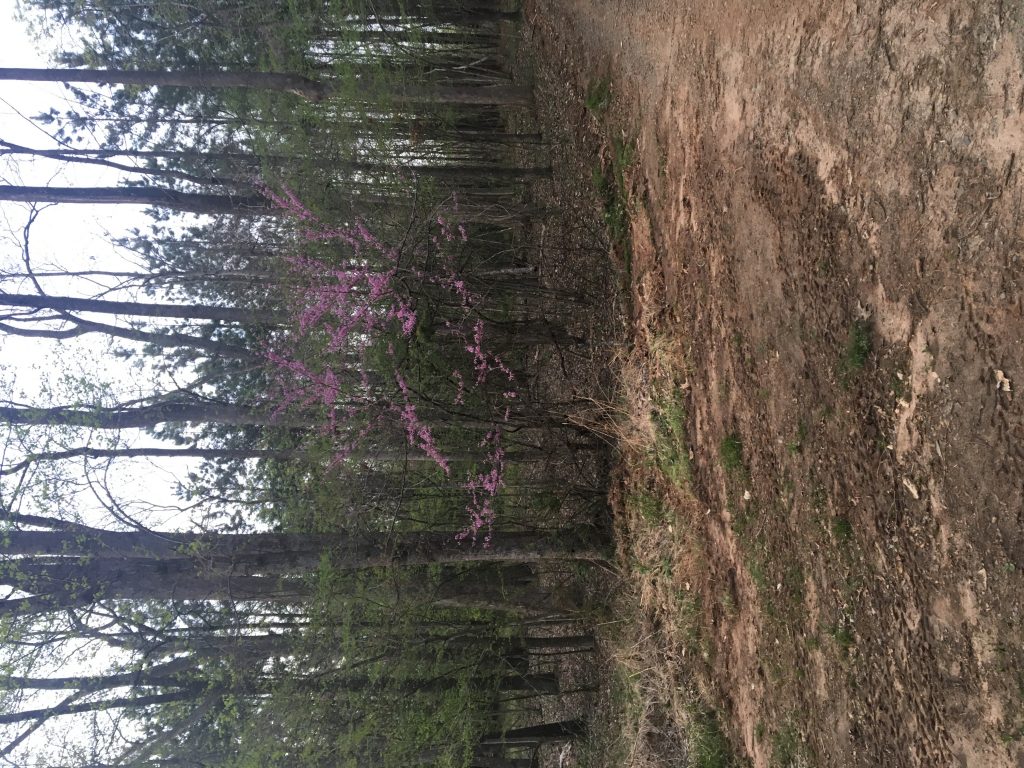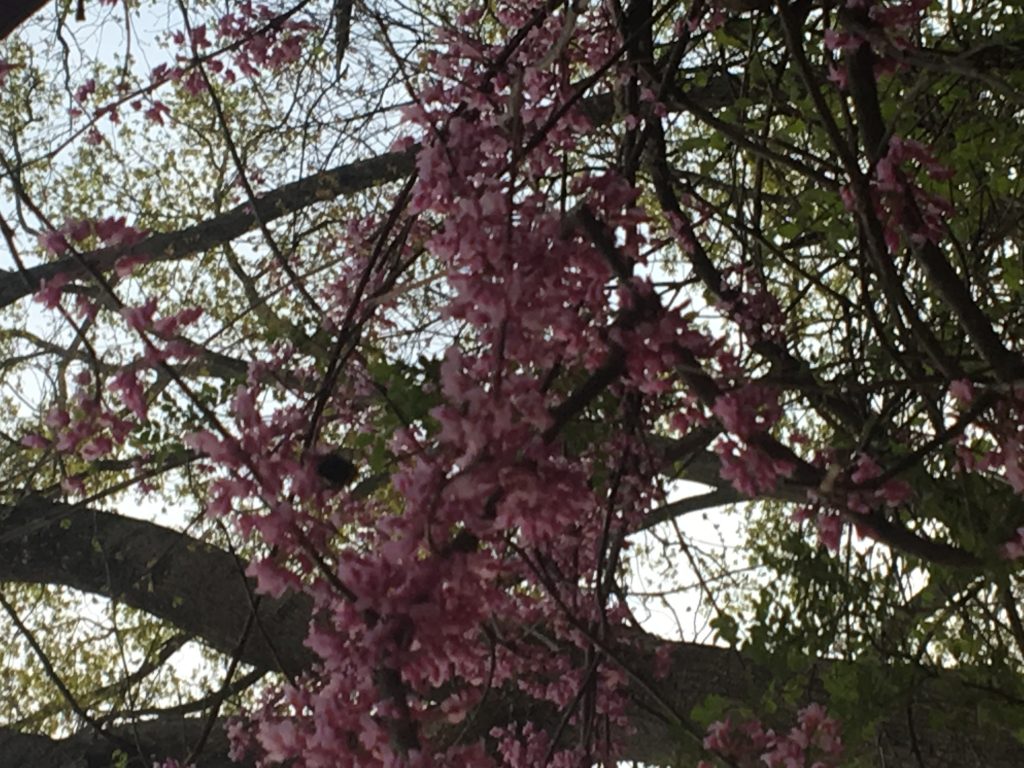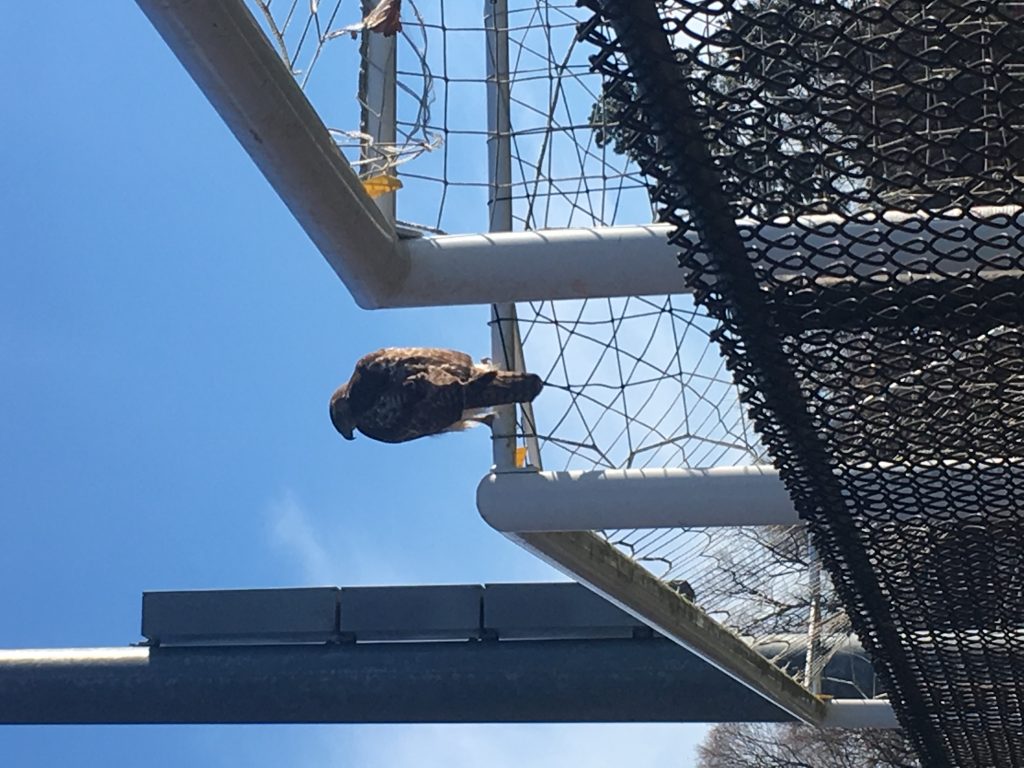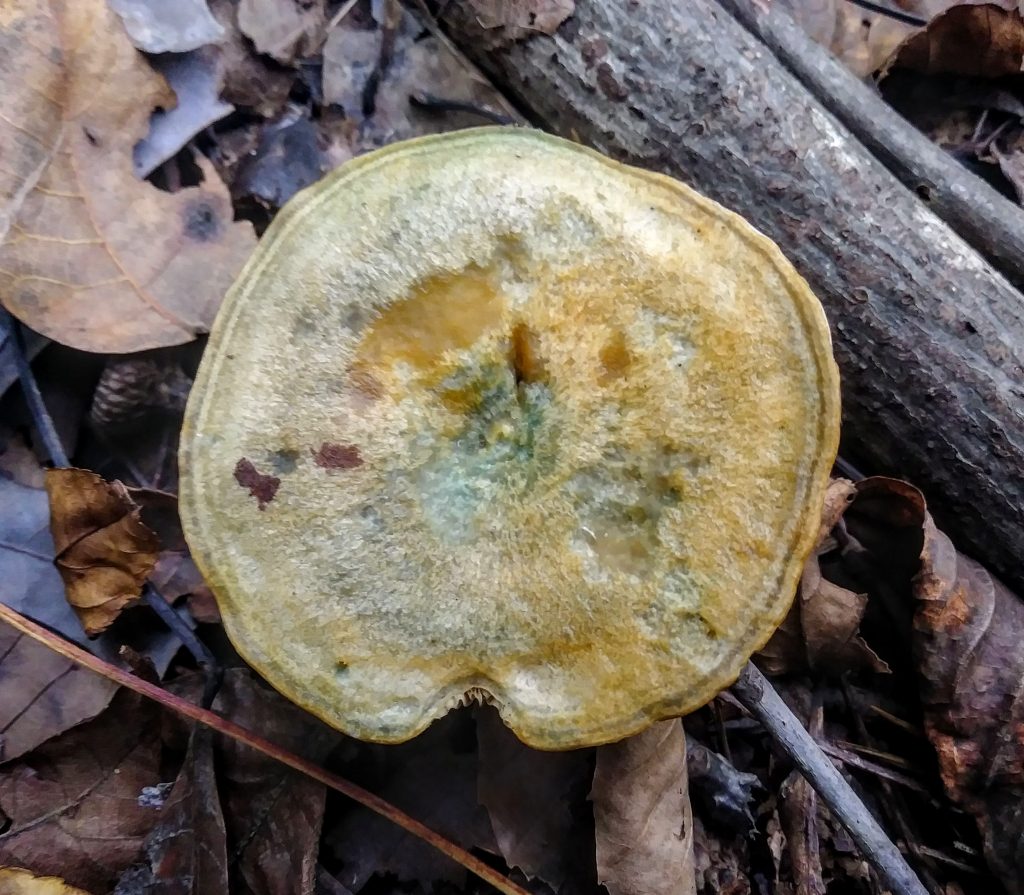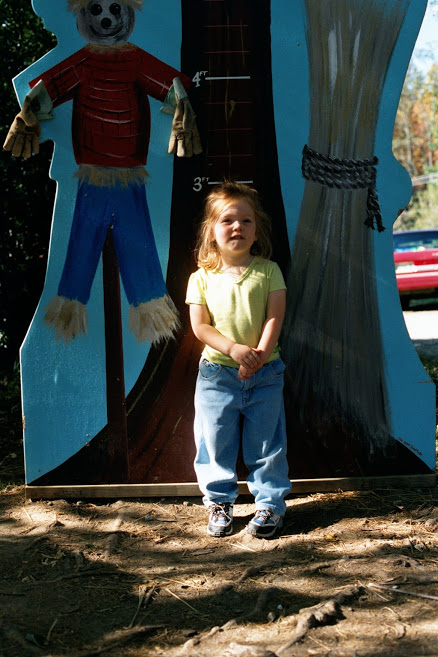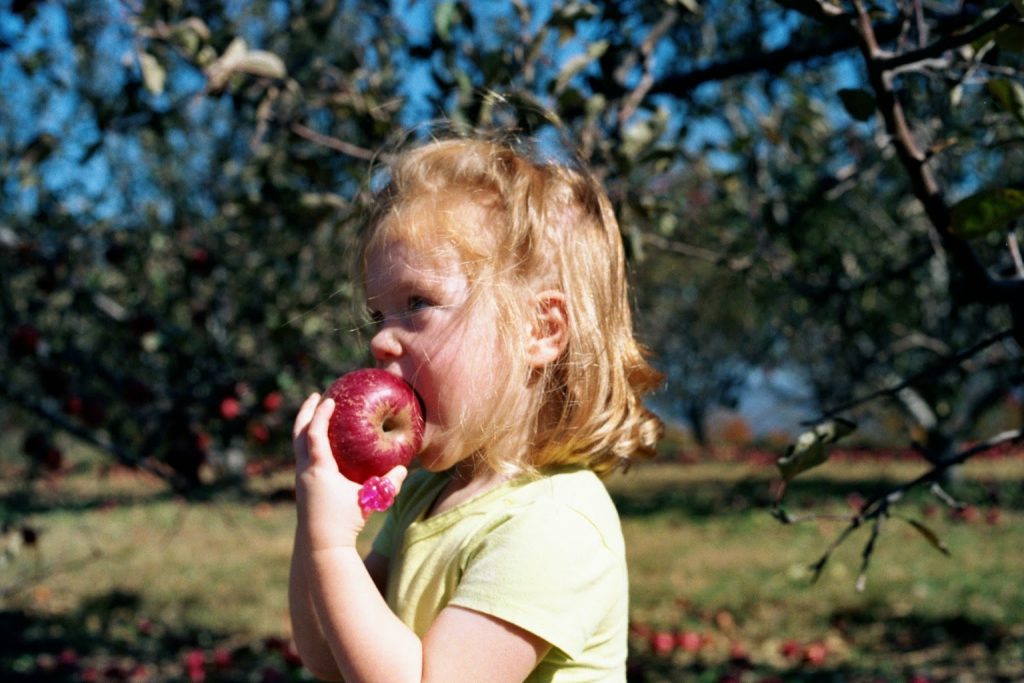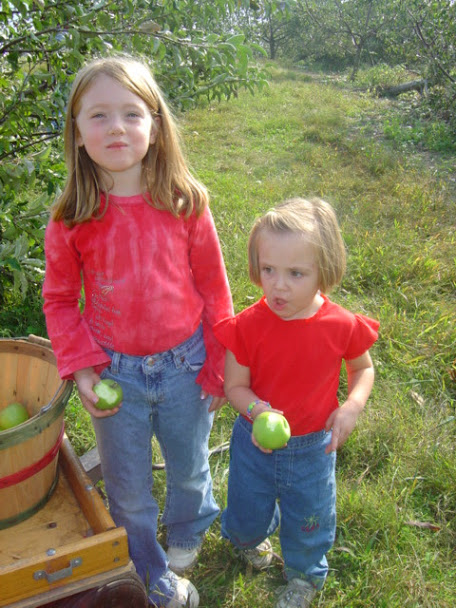Welcome to part 2 of this blog post about my last visit to Haw River State Park. In the last blog post, I discussed the changes I noticed from the previous time I visited, particularly relating to the season change. In this one, I will continue to recount my observations and share new information I learned.
As I continue to walk past the bright new purple tree I had just seen, I notice the sounds, or lack thereof, around me in the area. I only hear my feet touch the dirt beneath me as I step one foot after another. And then I hear a choir of grasshoppers, chirping back and forth as if they are conversing with one another. But every time I crouch down to get closer and locate the choir members, the melodious song stops. And I become disappointed as well as frustrated. Why do they all of a sudden stop? Did I interrupt them? I thought I was pretty subtle about it. I back away in hopes that they will start to sing again and I can attempt to find them once more. No luck. So I continue my journey.
I have visited this place multiple times and have yet to come across any wildlife. Except for the occasional squirrel. It flusters me that I have not seen any animals here. I’m not sure why there are not any animals, but maybe I am just not paying attention enough. As I walk, I hear the squirrels leaping through the woods and racing up the trees. I wonder if they know I am here, walking on their territory, invading their habitat.
I walk and walk, looking up above me to observe the great leaves and then in front of me to see the unique composition of bark on the different trunks, and then looking down at the ground below me. For some reason, the ground fascinated me. It changed from a reddish-brown clay to a muddy mixture of dirt and twigs to a blanket of green leaves covering the dirt underneath. As I trek on, the ground changes color. It is no longer just brown and green. Purple flowers, that I assume are coming from the redbud I mentioned earlier, are scattered along the ground as if they were a breadcrumb trail from Hansel and Gretel. But what does the trail of flowers actually lead to? Certainly not to their home or to a candy cottage. I follow the trail, stumbling upon many different subtle beauties of nature. I notice a patch of grass/moss with heart-shaped leaves, and I stop to reflect to think about love. Love for other people, but also love for nature. I don’t think we take enough time to just stop everything we are doing to reflect and appreciate the little joys around us. Even though the Haw River State Park is only 5 minutes away from my house, I feel like I am on a mini vacation every time I journey over to the park. From this project, I have learned to take more time for myself and make more time for nature.
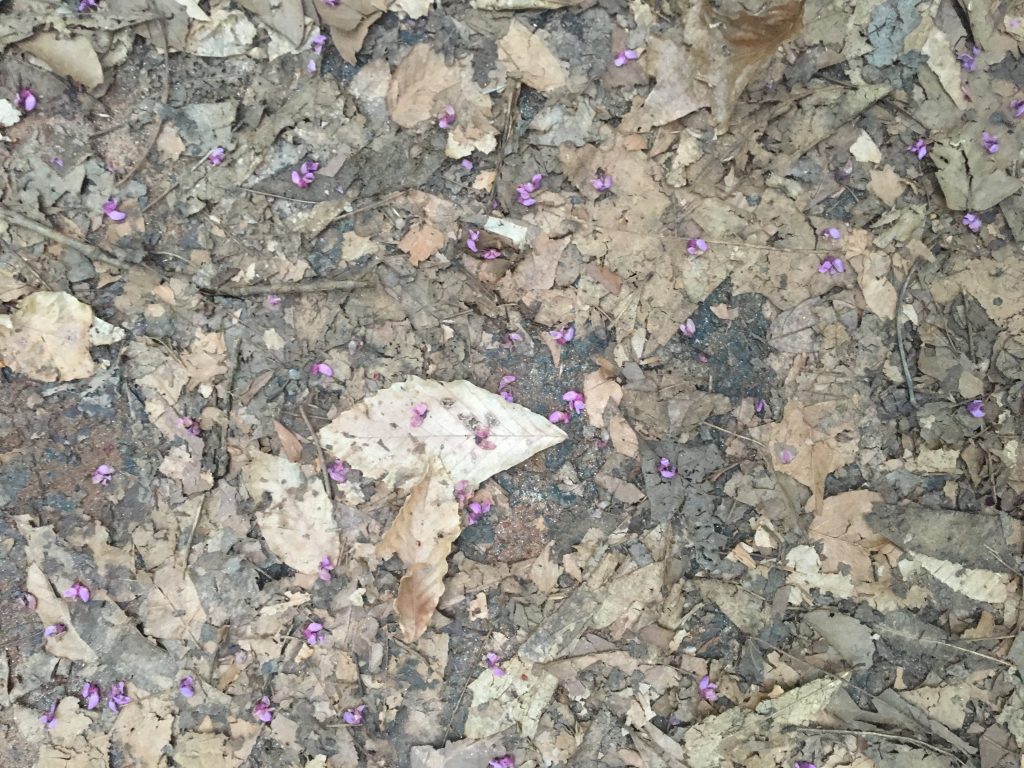
A picture of the ground sprinkled with redbud flowers. 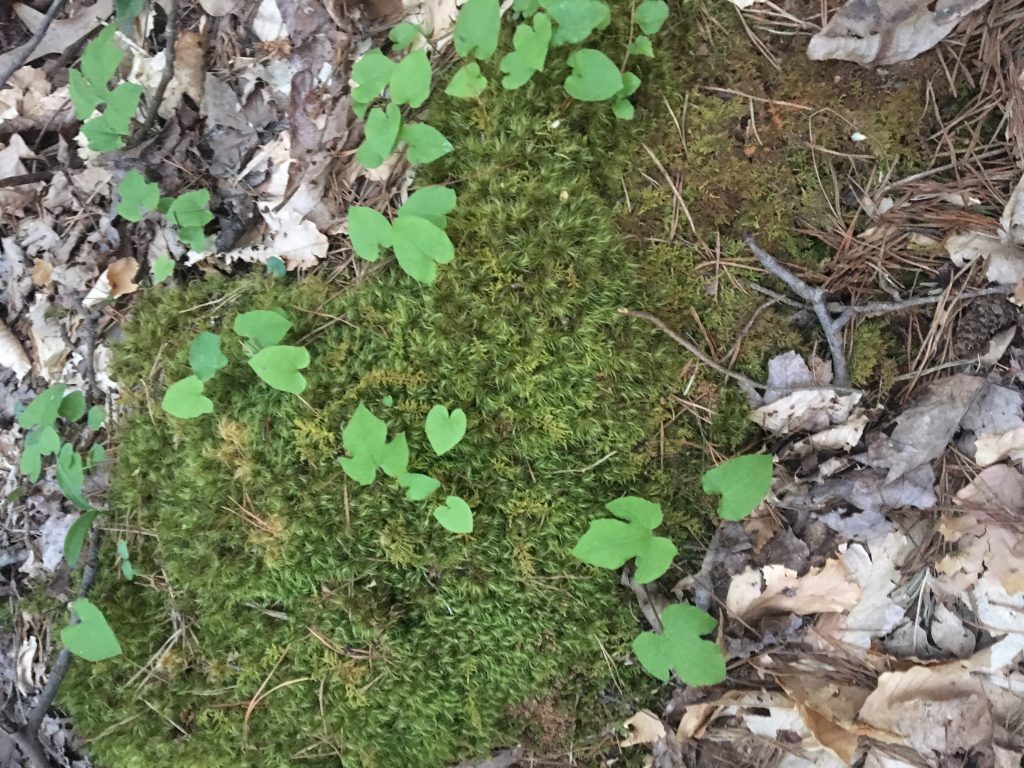
The heart-shaped leaves on the mossy grass.
